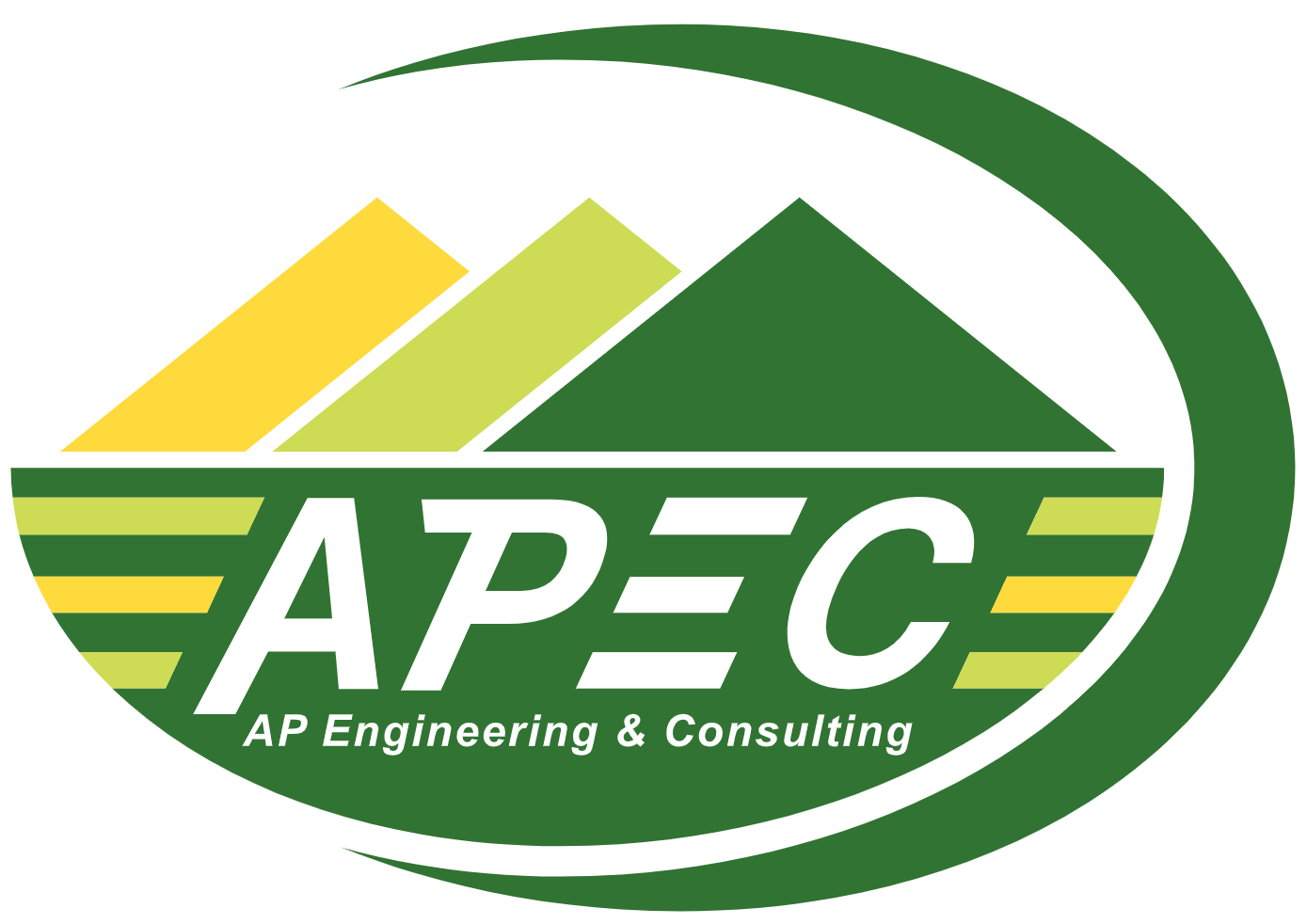Proof Roll Testing: Key to Subgrade Quality

A durable foundation is the cornerstone of any successful construction project, and that foundation starts with the subgrade. Proof roll testing is a critical step to ensure the subgrade is ready to support the load and withstand the challenges of construction. This quality assurance process not only prevents costly mistakes but also provides the peace of mind that comes from knowing your project is built on solid ground.
Blog Highlights
In this blog, we will cover:
- What proof roll testing is and why it is vital for construction projects.
- A step-by-step look at the proof roll testing process and key indicators of subgrade quality.
- The benefits of proof roll testing for developers, contractors, and overall project integrity.
What Is Proof Roll Testing and Why It Matters?
Proof roll testing is a practical, qualitative method used to assess the uniformity and stability of a subgrade. By applying a heavy load to the prepared surface, engineers can detect weak areas, ensuring any issues are addressed before construction begins. A well-tested subgrade prevents future complications like settlement, rutting, or cracking, which can compromise structural integrity and increase maintenance costs[2]. Proof roll testing ensures the foundation is ready to handle the demands of construction from day one.
How Proof Roll Testing Works: A Step-by-Step Guide
Proof roll testing is more than just driving a heavy vehicle across a construction site—it is a methodical process designed to provide critical insights about the subgrade. Each step helps ensure every inch of the surface meets the high standards required for long-term success.
- Select Appropriate Equipment: Use a loaded tandem-axle dump truck, roller, or other heavy equipment, typically weighing between 20 to 50 tons. Ensure the equipment weight aligns with project requirements to accurately simulate construction loads. Adjust tire inflation pressures or roller settings as needed to ensure consistent testing results.
- Prepare the Subgrade for Testing: Ensure the subgrade surface is properly compacted, cleared of debris, and dry. Wet or saturated subgrades can give misleading results, so allowing time for proper drying is critical[2].
- Establish a Grid Pattern for Testing: Drive the equipment across the subgrade in a systematic grid pattern to ensure full coverage. Ensure the grid spacing and vehicle passes align with project specifications, typically covering both primary and cross directions to identify inconsistencies[1].
- Perform Controlled Testing Passes: The vehicle should move at a controlled speed, typically between 2–6 mph, to allow engineers to assess subgrade response effectively. Monitor for any signs of instability during both the initial and cross-direction passes[2].
- Observe and Document Results: Look for signs of rutting, pumping, or excessive deflection. Document observations with detailed notes, photographs, and measurements using tools such as depth gauges. This documentation aids in evaluating subgrade performance and planning corrective actions[1].
- Evaluate Unstable Areas: Identify weak spots or non-uniform areas that need further investigation or remediation. Engineers should assess the depth and extent of instability to determine the best corrective action[2].
- Implement Corrective Actions: Address problematic areas by re-compacting the soil, adding stabilization materials (e.g., lime or cement), or replacing unsuitable subgrade sections. Each remediation step should be followed by a repeat of the proof roll to verify its effectiveness[1].
- Verify Final Subgrade Integrity: Once all corrections have been made, conduct a final proof roll test across the entire surface. Ensure that the subgrade shows uniform stability and meets all load-bearing requirements[2].
These steps ensure that the subgrade is not only tested but also refined for optimal stability and performance. Environmental conditions, such as recent rainfall or freezing temperatures, can impact results and should be accounted for in planning. Additionally, subgrade preparation prior to testing is as critical as the proof roll itself—ensuring an accurate assessment and avoiding unnecessary rework.
Key Indicators of Subgrade Quality
Proof roll testing provides measurable signs of subgrade readiness. Uniformity is crucial, as the surface should remain consistent and stable with no soft spots or irregularities. Load-bearing capacity is another critical indicator, where the subgrade resists deformation under load, ensuring it can support the project’s structural needs[1].
The Benefits of Proof Roll Testing for Construction Success
Proof roll testing serves as a safeguard for both developers and contractors. It reduces risk by identifying subgrade weaknesses early, minimizing the chance of future failures, and protecting timelines and budgets. Addressing issues early translates to considerable cost savings by eliminating financial impact of delays and corrections. Reliable data from the testing process also increases efficiency, allowing contractors to focus on execution without worrying about underlying stability issues[2].
For project integrity, proof roll testing ensures longevity by eliminating weak points in the subgrade, helping to extend the lifespan of roads, pavements, and buildings. Properly tested subgrades promote safety, reducing the risk of structural issues that could lead to hazardous conditions. Furthermore, stable projects are more attractive to investors and stakeholders, increasing overall value[1].
Building Confidence from the Ground Up
Proof roll testing is an indispensable step in construction, ensuring the subgrade is stable, uniform, and capable of supporting the demands of the project. By identifying potential issues early, this process safeguards timelines, budgets, and long-term durability.
Ready to start building on a solid foundation? Trust APEC to deliver expert proof roll testing and unmatched quality assurance to ensure your project’s success.
At APEC, proof roll testing is more than a service—it’s a commitment to excellence. With customized testing solutions tailored to the specific needs of each project, advanced technology, and methods to ensure precise results, and a strong focus on quality assurance, we deliver insights that build confidence and pave the way for successful project execution. When you partner with APEC, you’re choosing reliability, expertise, and a foundation you can trust.
References
- Dunston, P. S., Smith, D. B., & Daniels, R. W. (2017). Proof Rolling of Subgrade and Base for Airfields and Highways. Joint Transportation Research Program, Purdue University.
- ACI. (2021). Proof-Rolling Q&A. Concrete International.


